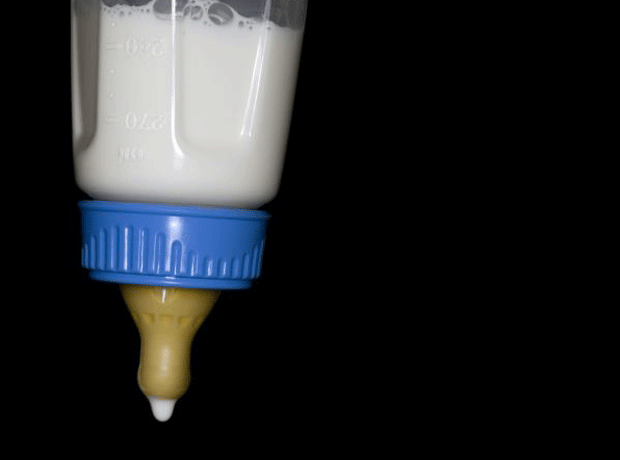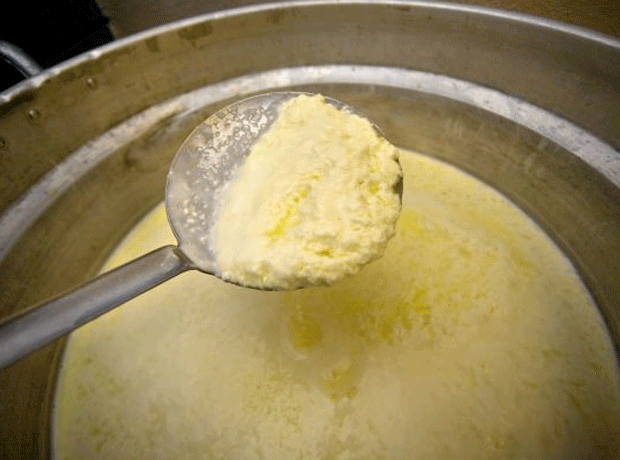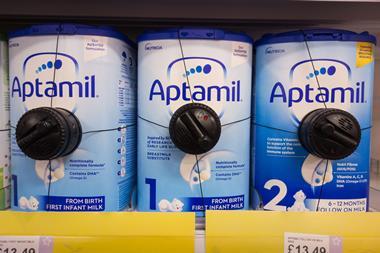
How do you go from global botulism scare to false alarm in a matter of days? Earlier this month, news broke that Fonterra whey products had tested positive for botulism-causing bacteria, sparking large-scale recalls of infant formula in China and other markets but this week, the very same products were given the all-clear. New tests by different labs had shown the bacteria in the product weren’t botulism-causing after all, the New Zealand government said.
To add further confusion, AgResearch - the lab that carried out the initial test that sparked the scare - insists it stands by its results. “We have reviewed our work, and we are confident in the work that our experts carried out and reported to Fonterra,” it says.
So what might explain such contradictory results?
During the horsemeat crisis, the meat industry faced a similar problem: products would test positive for horse DNA only to be declared horse-free in subsequent tests, leaving reputations damaged.
A key problem with horsegate was the lack of agreed testing standards, but this is not the issue with botulism.
“Because botulism is so potentially dangerous, you would always need to apply the precautionary principle in a situation like this, and pull the products as soon as possible”
Mike Peck
There is a “gold standard” test for clostridium botulinum, the strain of bacteria that causes botulism, says Dr Paul Gibbs, a food safety consultant with Leatherhead Food Research. That test is a mouse bioassay, where a mouse is injected with a culture of whatever material is under suspicion.
If clostridium botulinum is present, it is certain to kill the mouse, so if it survives, researchers know there isn’t a problem. However, if the mouse dies, things get more complicated: a lab mouse can die for all sorts of reasons not related to botulism - an infection caused by poor sterilisation of the cultured material, for example - so researchers need to do further tests to know it’s botulism.
It is not clear precisely how AgResearch tested the Fonterra products - a report from the New Zealand government this week confirmed only that a mouse test had been used - but experts say one possibility is that the mouse died, and the lab raised the alarm on a precautionary basis before further tests had been completed.
Differences in sampling and a lack of experience can also contribute to false alarms. Mice develop tell-tale signs, including ruffled fur and a pinched waist, when they contract botulism, but because the disease is very rare and there is pressure to reduce animal testing, labs do not get a lot of opportunity to practice their diagnostic skills. In the UK, for example, just one facility - run by Public Health England - tends to do mouse assays for botulism. “You don’t see many positives, so gradually your expertise declines,” says the lab’s head of gastrointestinal bacteria reference unit, Dr Kathie Grant. “The mice can die very quickly, and it can be not due to botulism.”
The crux is this: a lab might justifiably claim it stands by its results - ie it said the mouse died and that’s indeed what happened - and be nevertheless responsible for a false alarm because it drew the wrong conclusions about the cause of death. As to whether that is what happened in the Fonterra case, only further investigations will tell. A report on the tests is expected to be published by the New Zealand government.
Meanwhile, for companies looking to draw lessons from the incident, the message is largely downbeat. With hindsight, raising the alarm on what turned out to be a false result might seem premature, but Fonterra arguably had little choice. “Because botulism is so potentially dangerous, you would always need to apply the precautionary principle in a situation like this, and pull the products as soon as possible,” says Mike Peck, deputy leader of the gut health and food safety programme at the Institute of Food Research.
“Fonterra and New Zealand have been extremely cautious and careful in how they’ve handled things - and ultimately I think they were right. You don’t want to take risks with something like botulism.”


















No comments yet